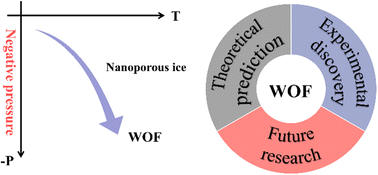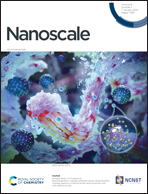Nanoporous ices: an emerging class in the water/ice family
Abstract
The history of scientific research on diverse ice structures dates back to more than a century. To date, 20 three-dimensional crystalline ice phases (ice I-ice XX) have been identified in the laboratory, among which ice XVI and ice XVII belong to a class of low-density nanoporous ices. Nanoporous ices can also be viewed as a special class of porous materials or water ice, as they possess a relatively high fraction of nano-cavities and/or nano-channels built into the hydrogen-bonded water framework. As such, like the prototypical class of porous materials (e.g., MOFs and COFs), nanoporous ices can be named as water oxygen-vertex frameworks (WOFs). Because of their large surface-to-volume ratio, WOFs may be potential media for gas storage, gas purification and separation. They may be applied to the biomedical field owing to their excellent biocompatibility. The field of porous ices is still emerging, as many porous ice structures that are predicted to be stable by computer simulations require future experimental confirmation. For future theoretical/computational studies, as the machine-learning method becomes an increasingly popular research tool in the material science and chemical science fields, more reliable porous ice structures and phase diagrams will be predicted with the development of more accurate machine-learning force fields.

- This article is part of the themed collections: Recent Review Articles and Nanoscale 2023 Emerging Investigators


 Please wait while we load your content...
Please wait while we load your content...